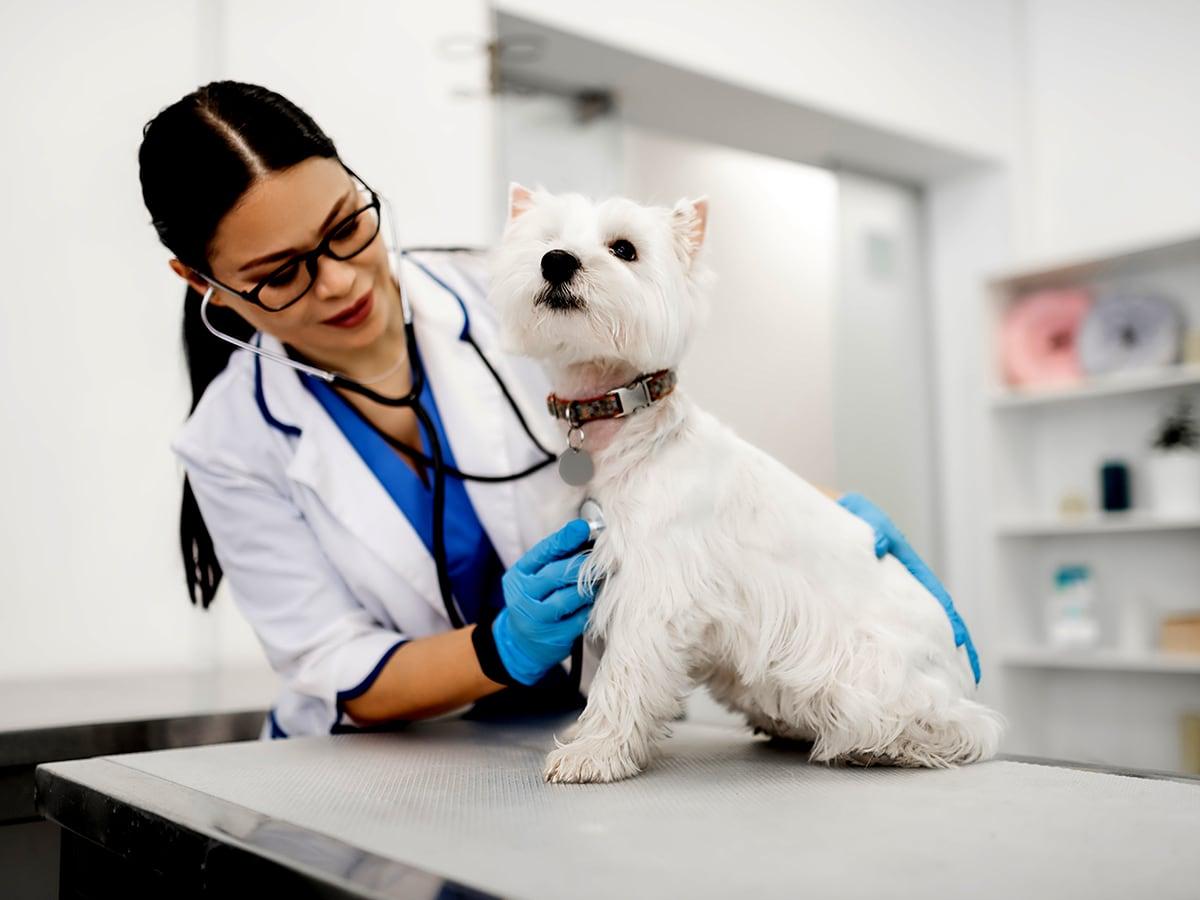One of a pet owner’s worst nightmares is having to go through surgery for their pet. Pet insurance is designed to help pet owners with eligible vet bills, including certain surgeries. Some of these can include ACL surgery, cataract surgery, and more. Pet parents should know that pet insurance works for surgery in largely the same way that any other pet insurance claim would. Spot Pet Insurance explains more below.
How Pet Insurance Works for Surgeries
As mentioned above, pet insurance works for surgeries much like it works for any other procedure: pet owners get reimbursed for eligible vet expenses related to vet procedures. The first step to getting reimbursed for eligible vet expenses is to submit a claim to Spot Pet Insurance.
How to Submit a Claim to Spot Pet Insurance
Spot Pet Insurance helps submit claims quickly and easily. To submit a claim with Spot after paying the vet, follow these steps:
Login to your Member Portal
On your home page or Claims page, tap “Start New Claim”
Select the pet you are filing for
Select the conditions and services your pet was treated for and received, the name of your veterinary clinic, and fill out the relevant claim information.
Upload your itemized invoice. Uploading your medical records is optional but can speed up the processing of your claim.
Review your selections and make any necessary changes.
Submit your claim
You can see a step-by-step guide on how to submit a pet insurance claim here.
Does Pet Insurance Cover Surgery?
Yes, pet insurance can cover eligible vet costs associated with surgeries. For your pet to be covered for surgeries, they need to be past the waiting period of two weeks and not have a pre-existing condition.
What are Some Common Surgeries for Pets?
Some examples of conditions that can require surgery that may be covered by pet insurance include:
Luxating patellas
IVDD
Tumor removal
Cherry eye
Periodontal Disease
Teeth extractions
Bloat
Entropion
How Much of Surgery Will Pet Insurance Cover?
The amount that pet insurance will cover for pet parents relies largely on the plan that you choose. Some plans will cover a larger amount of expenses in exchange for a higher premium. The plan that you choose for your pet will largely impact your reimbursement rate and premium cost.
You can learn more about how much pet insurance costs here.
Should I Get Pet Insurance Before Surgery?
Yes, it is recommended that you get pet insurance before surgery - especially if you consider that if you wait until your pet is diagnosed with something to get insurance, it can be considered a pre-existing condition. Pet insurance typically does not cover pre-existing conditions, which are accidents and illnesses that occur before you enroll your pet or during the waiting period.

With 10 years of experience as a pet parent, I aim to empower pet owners with insights into pet insurance and maintaining their pet's well-being. I aspire to be a trusted source, combining knowledge with a commitment to the welfare of our beloved pets.

As Spot’s resident cat enthusiast, I am dedicated to researching and sharing information that helps pet owners take the best care of their pets. Pet ownership comes with it’s share of challenges, but my goal is to help make this journey easier.













